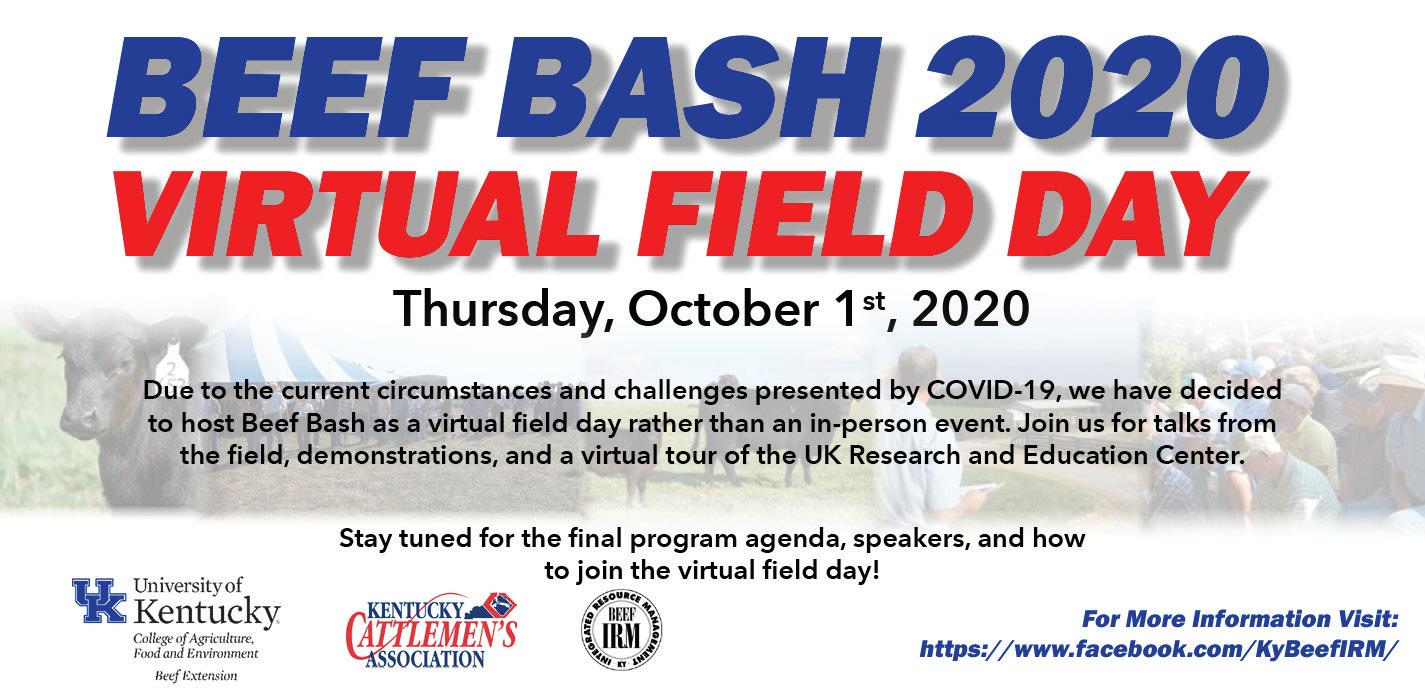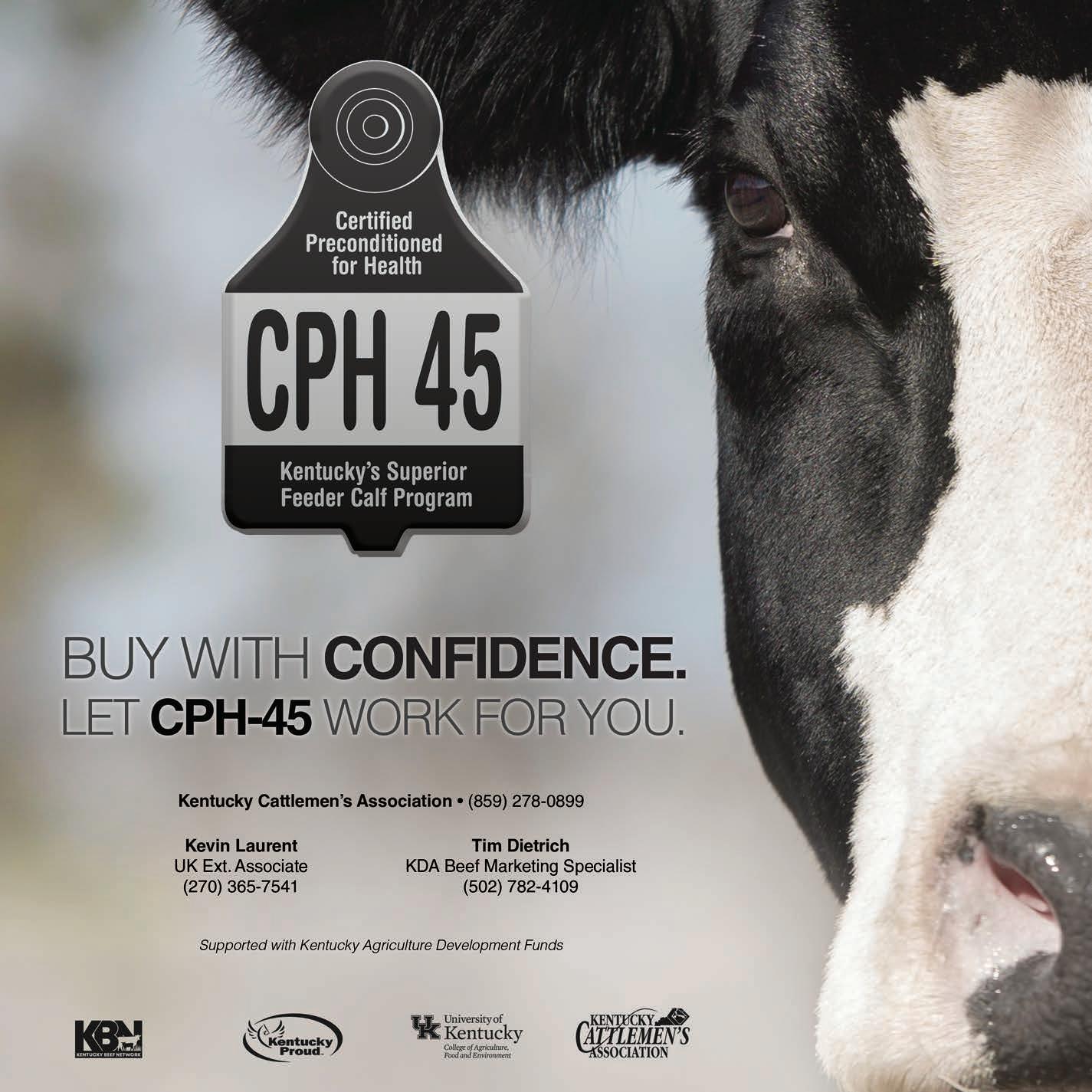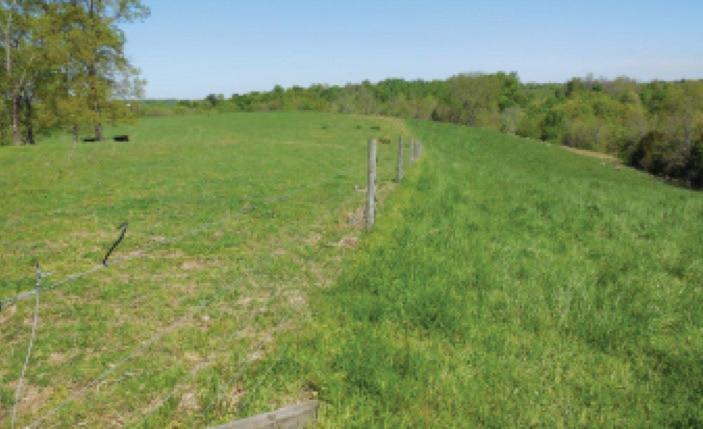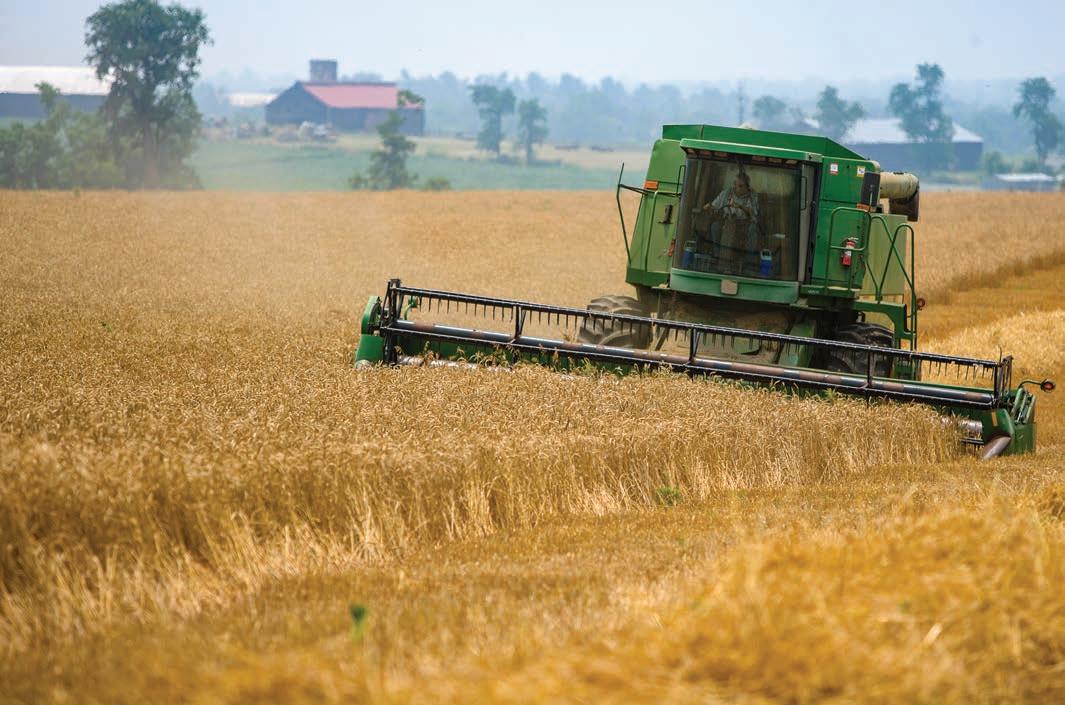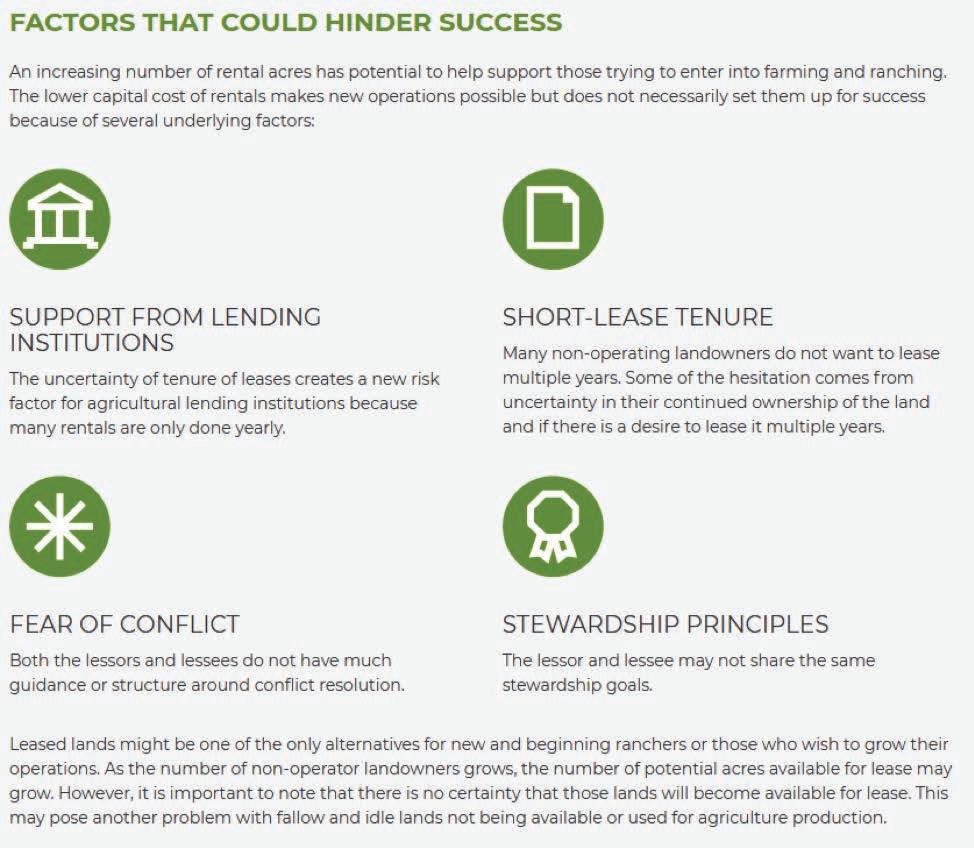
11 minute read
L ivestock Traceability, What It Means and Is It Necessary?
LIVESTOCK TRACEABILITY, WHAT IT MEANS AND IS IT NECESSARY?
Jessica K Fuller, Colorado State University
Livestock disease transmission has crippled the livestock industry and market on more than one occasion. How would a disease traceability system benefi t the industry and protect this valuable asset? What does the new APHIS livestock traceability regulations mean to the producer? The idea of a system that tracks livestock from birth to slaughter has been entertained for many years. It becomes the forefront of conversation with every new disease outbreak. Looking at the pros and cons of a univ ersal identifi cation system and what that implementation would mean for producers and consumers is worth exploring. Making informed decisions will help keep our farms and food safe in the future.
Are the new disease traceability guidelines necessary for the livestock industry?
“Traceability, asdefi ned bytheUSDA,isthe act of knowing where diseased and at-risk animals are, where they’ve been and when they were there, so as to ensure a rapid response when animal disease events take place.” (Let’s Talk about traceability,2019) Historical outbreaks are good examples of how excessive culling and animal infection can cripple the industry. First is the footand-mouth disease outbreak in California. This epidemic in 1924 resulted in the culling of over 100,000 cattle, sheep, swine and goats collectively. Canada suspended meat imports from the western half of the country and the Sierra Nevada Mountains remained in quarantine for a whole year after the disease was found in a deer population. The second is the more recent BSE case in 2003. After a single dairy cow was found positive for the disease, the tracking of her calves and the other members of the herd that were transported from Canada to the US became a difficult task. Due to the unavailableidentificationofoneofherbull calves, an entire herd was eradicated. One can’t help but wonder how more accurate identification could have saved the rest of the herd and/or that producers business. Government officials have recognized the benefitofananimaltraceabilitysystemfor decades. After each outbreak such as the two mentioned above, the need to quickly trace the disease back to its origin is one of themostessentialandeffectivetreatments or methods to reduce the spread of disease. Since 2002, industry-government consultations have concentrated on a system of traceability. Although a universal method for tracking origin and specifi c groups of animals is debatable, the need for traceability has remained the same. In April of 2005, the USDA released a draft document of the National Animal Identification System (NAIS). The introduction to the document provides a compelling argument for the essential nature of an animal traceability program. According to the NAIS Draft Program Standards, the system would “facilitate rapid tracing in the event of a disease concern”. The NAIS was followed by the Animal Disease Traceability (ADT) framework in 2010. In January 2013, the fi nal rule “Traceability for L ivestock Moving Interstate” was published. This rule enacted the fi rst official req uirement for specifi c identifi cation criteria and scenarios. The goal of the rule was to establish positiveidentifi cation oflivestock and animals capable of transmitting disease in transit across state lines. The identification andtraceabilitywouldaidin pinpointing outbreak origins and decrease unnecessary culling.Itwasthefi rst attempt at establishing a policy for traceability. The rule would prove difficult to establish and enforce and many revisions were made after stakeholders were surveyed and other assessments were made. Along with the 2013 traceability rule, the USDA and APHIS released the ADT official ear tags-Criteria and Options report. This document explained the various requirements for each group of animals and their respective identifi cation needs. They included the commonly used brucellosis vaccination tags, scrapie tags, and a national uniform tagging system. Depending on your animal, there were countless options for identification, however, not all of them were entered into a nation database allowing for prompt effective tracking. These methods of identification reliedon individual tracking from one place to another and the tracking was potentially very labor intensive. Since the introduction of the ADT Final Rule, The National Uniform Eartagging System (NUES) and the Official Animal Identification Number (AIN) Devices haven been released. These documents can be found on the USDA website (www.aphis. usda.gov/traceability). After the plethora of information was released, there were many concerns expressed from stakeholders, enforcing agencies and producers. One thing theyall agree on is the defi nite need for an effectiv e identifi cation system, but a cohesive tagging system and method of data collection met with opposition.
Traceability Systems in other Countries
Rather than trying to re-invent the wheel, comparing the identifi cation and tracking systems in other countries can lead to better understanding of what features work and those that don’t. Over the last two years, Brazil has become the largest beef exporting country in the world. Second is India with Australia and the United States being a close third and fourth. Brazil’s increase in the world export market is believed to be a result of their disease traceability system and increase in cattle numbers. In 2002, Brazil implemented a traceability system to track cattle and buffalo within the country and those imported from the implementation date on. The system uses a seriesof“certifi ers” defi ned bythesystem to track and police the livestock. Producers are tasked with the venture of hiring a certifier/auditor to certify their herd and report all events related to each animal. Why the Brazilian government decided to adopt this system is unknown and there are many concerns about private certifying agents and veterinarians and their ability to truthfully audit a farm in the area in which they perform a service. The second largest beef exporter, India and the United States, do not have a complete beeftraceabilitysystem. To find a country thathasanorganizedandeffectivesystem in most perspectives, we can look at Japan. Japan is not listed as one of the 10 largest exporters of beef; however, their tracking system is so complete and accessible to the consumer, that you can enter the tracking number found on the packaged beef and trace it back to its birth farm. Information including age, breed, and mother’s unique identification number can be explored. A detailed description of the traceability process can be found on the Food and Fertilizer Technology Center for the Asian and Pacifi c Region’ s (FFTC) website (http: //ap.fftc.agnet.org/). According to the FFTC, the cattle are identified with a 10-digit ID tag at birth. This number and all information are reported to a single agency that is responsible for compiling the data into a national system and app. The beef farmer reports any change in the circumstances with the cow. From selling to slaughter to death. Once the cow is sold to slaughter, the packing plants, slaughter houses, retailers, and wholesalers take over the reporting and tracking respectively from slaughter to the consumer. The agency also has a working quality control and penalty system for those who do not comply with ruling. Each countryhastakenadifferentapproach to the issue. One depends on multiple certifiers and data compilation, the other has developed a central data processing system. The system that is most successful can be judged based on the completeness of information and the ability to truly track the beef from birth to consumer. The Japanese system seems to have covered all aspects of true livestock traceability. One may argue that too much accessible information may become an issue with irrational consumer expectations.
What Does Disease Traceability
mean to the Producer?
Although the ADT rule was a good starting point, the law created many more challenges than it fi xed. By 2017, APHIS conducted a discussion forum to assess the program and the concerns of producers, stakeholders, and government agency officials. The forum brought to light the concerns from producers about costeffectiv e identifi cation systems,theburden of recording and retrieving data and ease ofaccess to the system. Staffing shortages with enforcement agencies and the lack of trained personnel devoted to livestock identification enforcementwereexpressed as well. According to Beef Magazine, only 67% of producers are aware of identification req uirements within their state. The panel for the discussion board proposed education options for producers across the country. It seems to be in the producers’ best interest to educate themselves on the current regulations and begin addressing the identifi cation of their livestock. As previouslydiscussed,positiveidentifi cation could save your entire herd. The traceability systems in Brazil and Japan depend on the producer to initiate the identifi cation and tracking information. While this does generate upfront costs for the producers, benefits frommeetingconsumerdemands need to be explored.
Fri end or Foe.
Another set of concerns from the assessment meetings were those of conspiracy theories and lack of trust for the government. Producers feared unsolicited government control and market interference. However, as explained by Mr. Joe Leathers, Texas Animal Health Commission, General Manager of the 6666 Ranch speaking during the “Strategy Forum on Livestock Traceability” in 2017; “Animal disease traceability is a system with considerable potential for the producer. The data generated on the animals and the overall herd and the insurance against industry shutdown are where signifi cant producer value comes into the system.” He also went on to explain that the cattle industry should be directly involved in making the rules and regulations in conjunction with governmentofficials. As producers, we need to invest in the process and develop a system to protect our animals, business, and market. Mr. John Saunders of Where Food Comes From, Inc, also spoke at the forum concerning Global
CONTINUED ON PAGE 32
FEMALES FIRST
Simmental cows set the bar for fertility, weaning weights and exceptional calving ease suited to all environments.
And, the American Simmental Association offers the industry’s most expansive selection of cowcalf tools – like Cow Herd DNA Roundup – to identify longer-lasting replacement heifers. Get years of information on your commercial herd before investing years of time.
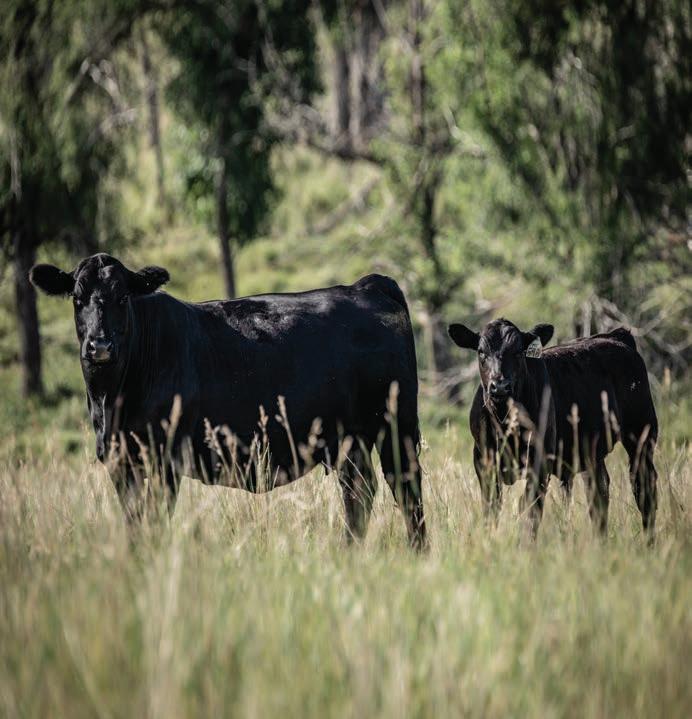
Simmental stands for better females.
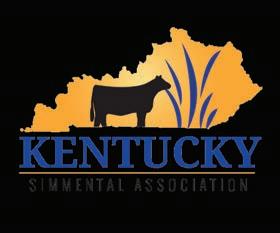
STAND STRONG SIMMENTAL
406-587-4531 • simmental.org
Kentucky Simmental Association Fall Sale Saturday, September 12 • 1 PM Blue Grass Regional Marketplace, Lexington, KY
Selling breds, opens, pairs, bulls and genetic lots to include embryos and pregnancies
The Kentucky State Junior Simmental Show will be held in conjunction. Watch the KY Simmental Facebook for schedule and info or contact Lindsay Phillips or Chris Allen.
727E
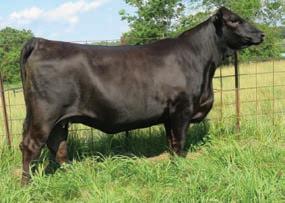

C9 350F

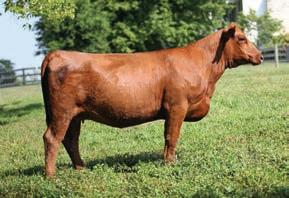
Call, text or email to make sure you are on the mailing list.
Doug & Debbie Parke Drew & Holli Hatmaker office@dpsalesllc.com www.dpsalesllc.com 859-421-6100
1889F

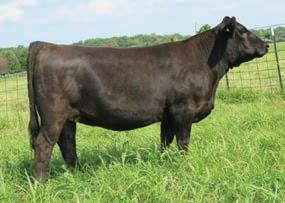
822F

Anderson County Conservation District
1067 Corporate Drive | Lawrenceburg, KY 40342 Phone: (502) 604-6101
SUPERVISORS Roy Toney James R. Smith Marna Bollinger Randy Chrisman Don Sayre Mike Wilson Susan Burge
Administrative Secretary Beverly McElwain
Join us for a

Farm Tour Tuesday, September 15 5:30 p.m. 1521 Ballard Road Lawrenceburg, KY
The Anderson County Conservation District, along with the Ky. Division of Water, has completed a 319(h) project in the Cheese Lick Watershed to improve water quality.
The tour includes the farms of: Ricky Stratton Stanley Searcy Don Sayre Jody Hughes Improvements include: Fencing Heavy Use Areas In-line Fence Feeders Watering Systems RAIN OR S H I N E
Box lunches will be served at 5:30. To reserve yours, call 502-604-6101 before September 9.
CONTINUED FROM PAGE 31
Market Trade Dynamics. He discussed how the United State is lacking in recognition from other countries due to the lack of mandatory animal disease tracking. According to Saunders, the world views verses the United States are increasingly different and when concerning Livestock trade, diseasetraceabilityisoneofthefirst stepping stones to bridge the gap.

These and many other speakers at the forum make a compelling case that disease traceability is a friend to the livestock industry. We have seen in many disease outbreaks how market shutdowns and herd eradication can devastate producers and the economy. Many aspects of the government rulings and information explain the potential to offset these issues and prevent long term effects in the event of a disease outbreak. Studies by Golan et al., and Brester et al., have discussed the increase in marketability and price available with increase tracking and data collection concerning feeding programs, vaccinations and antibiotic use. These higher prices are shown to offset the cost of implementing the traceability systems and data collection. The increase in consumer demand for products considered safer and healthier creates a potentially newprofi t marginthatmayout way the funding concerns of producers and enforcement.
Moving Forward
The avenue that best addresses the needs of producers, the requirements of government agencies and can cross international boundaries for disease traceability are unclear at this time. New AIN tagging devices and the potential use of private data collection software are the current recommendations of the USDA and APHIS. These organizations have made many assessments of the ADT plan and are seeking contributions from all involved parties. With producer cooperation and government understanding, both sides need to continue to strive for a system that both protects the producer and the economy of our country. In our current world of global awareness and information, data and tracking of disease are very instrumental tools in providing protection of our markets, food safety, and animal population. Throughout all forums, articles, and discussions, the general consensus is that we need a disease traceability system.

